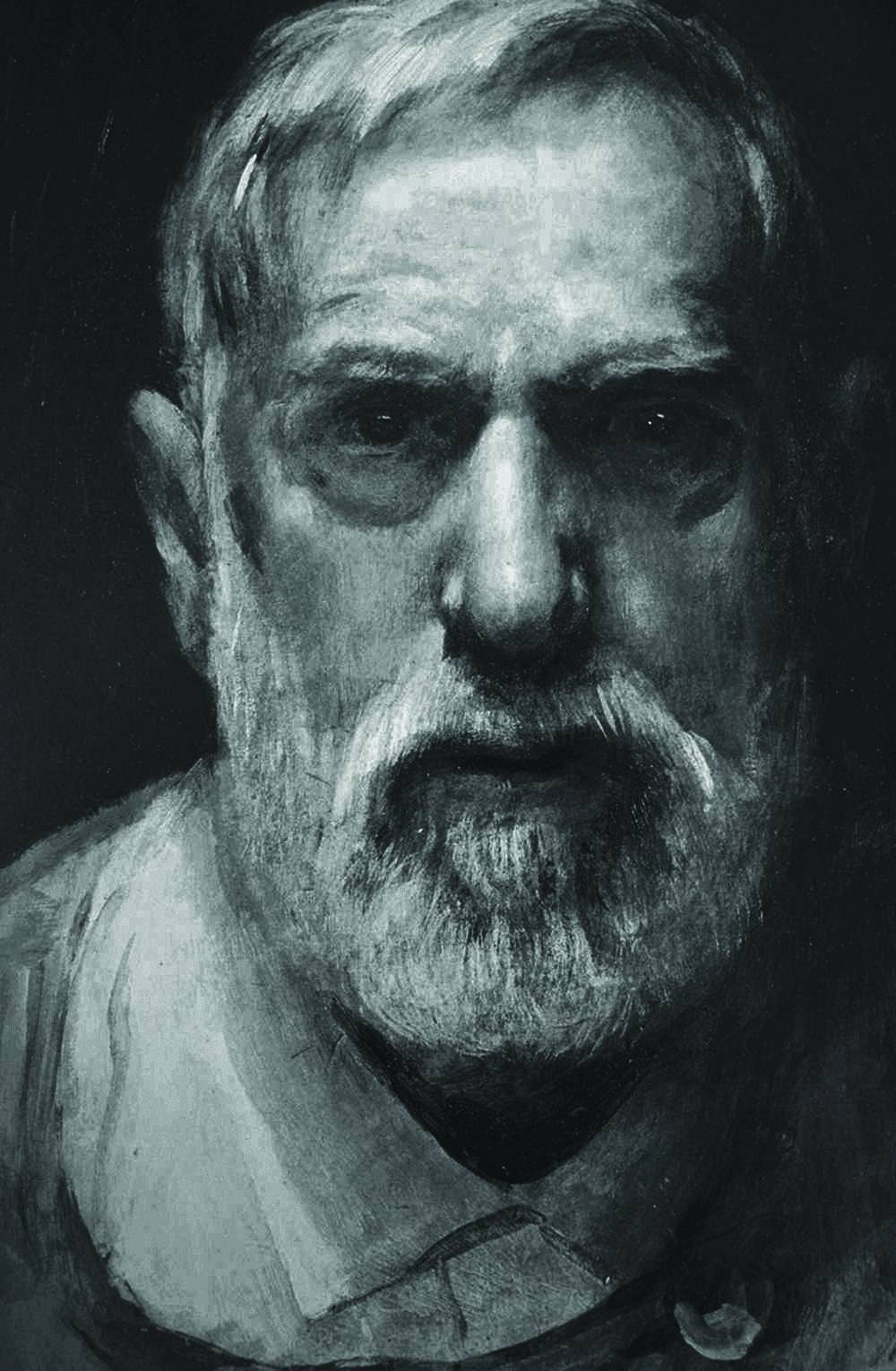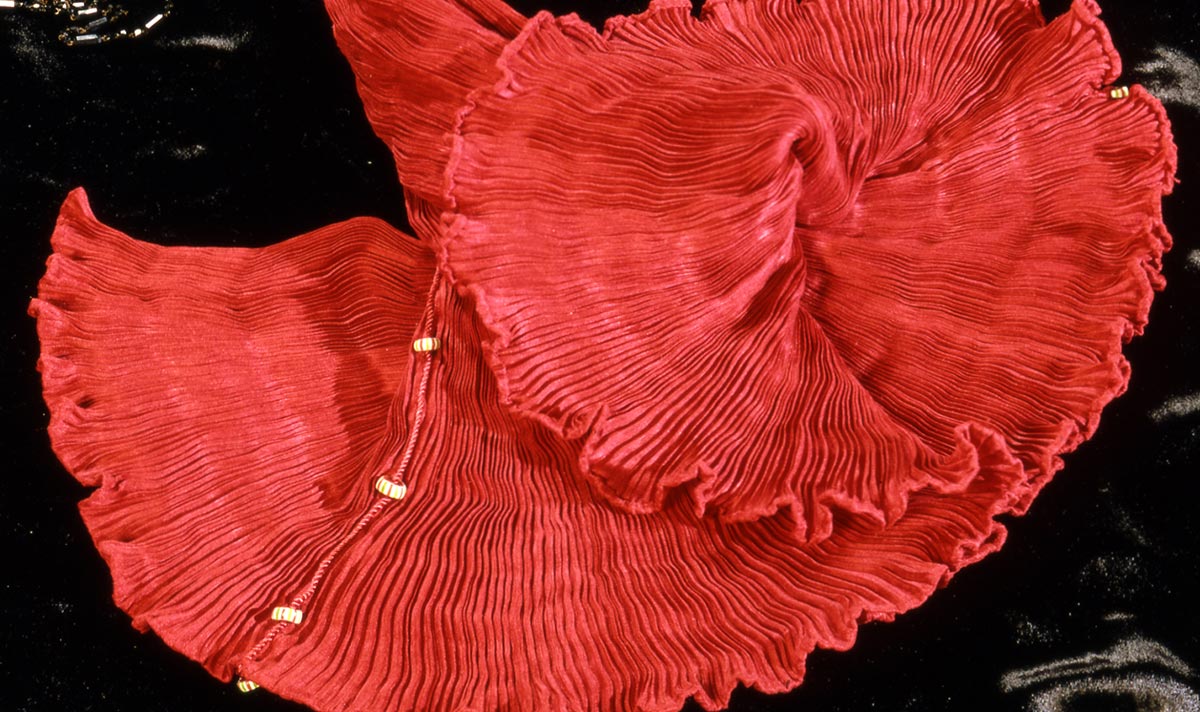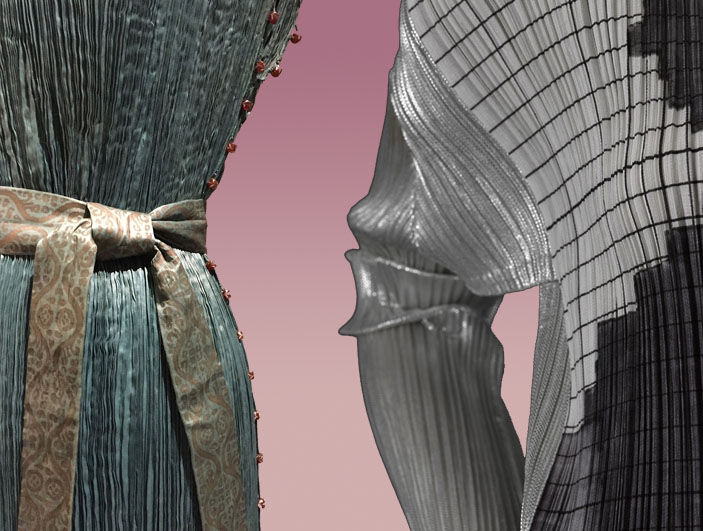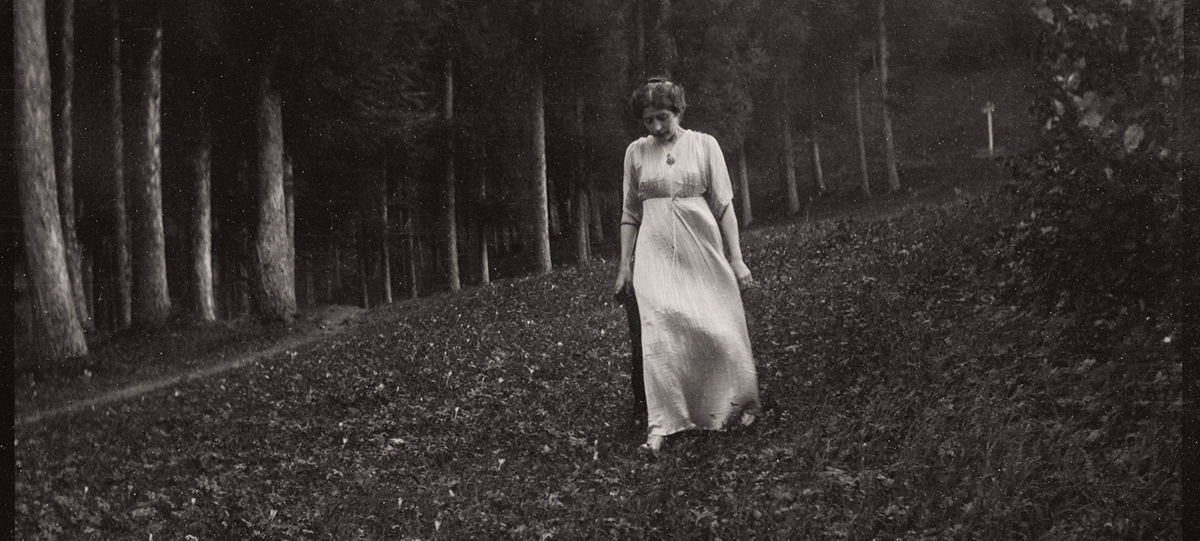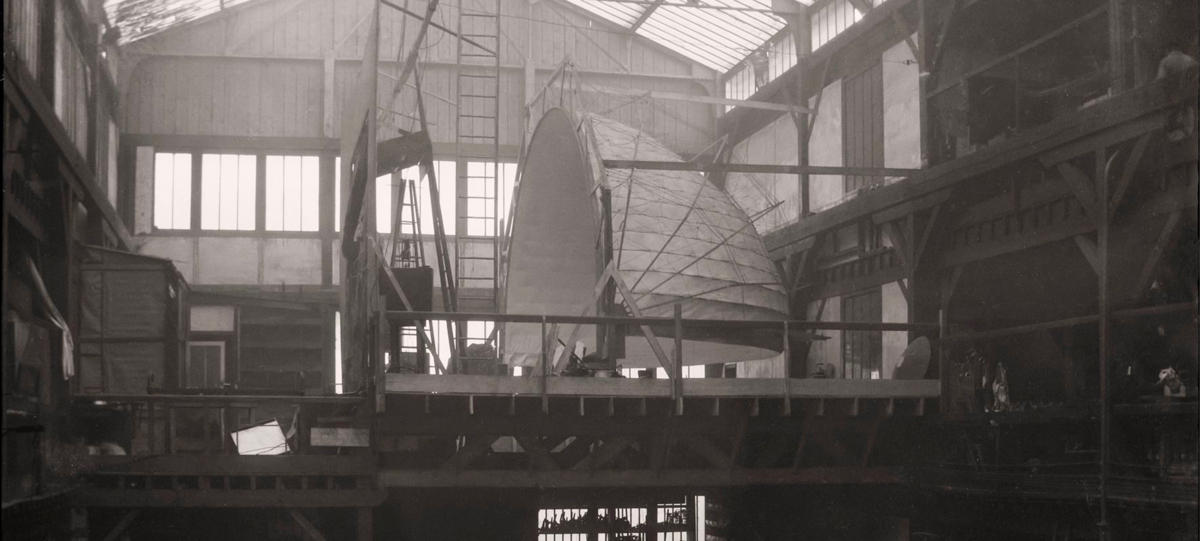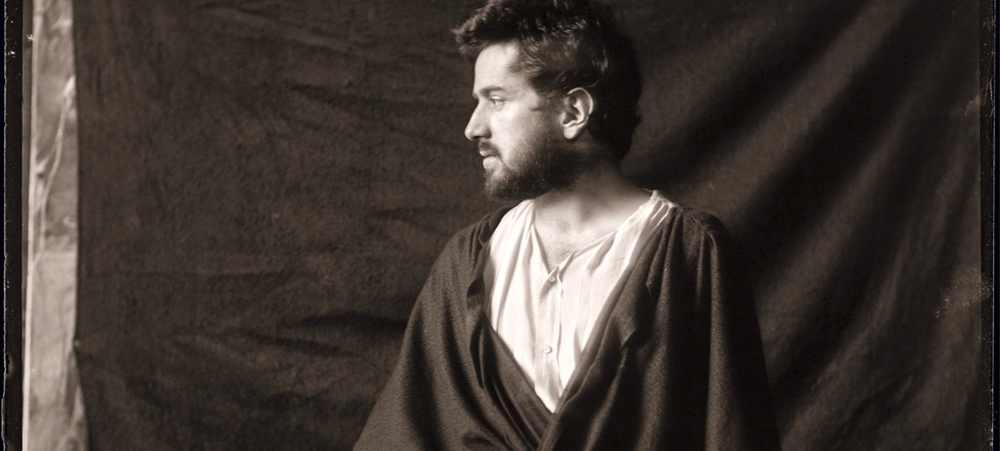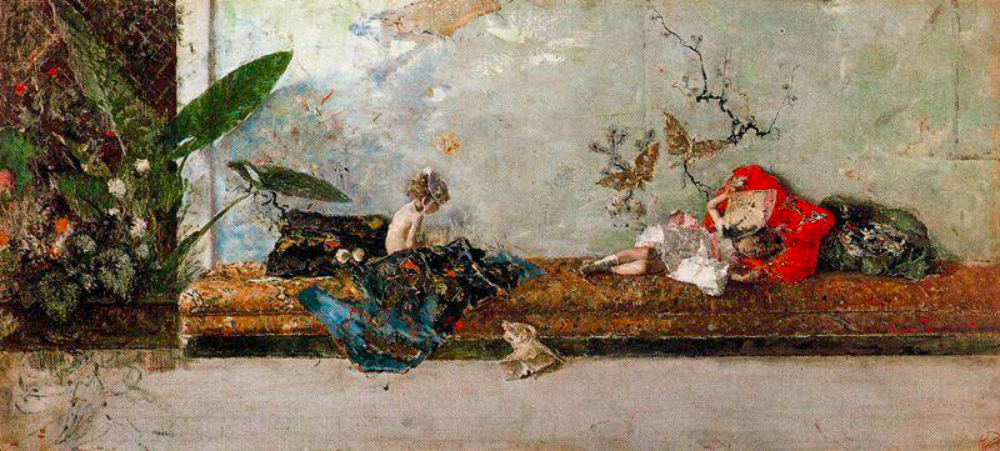Mariano Fortuny was born in Granada on May 11th 1871.
He moved to Venice in 1889, where he spent the rest of his artistic career.
Artist, photographer, designer
Mariano Fortuny, son of the homonymous artist and Cecilia de Madrazo y Garreta, inherited the passion for painting from his father, but it was in the applied arts that his manifold talents manifested.
After a childhood marked by the premature death of his father and spent between Paris, Biarritz and Madrid, he settled permanently in Venice, at Palazzo Martinengo, together with his mother and his sister Luisa. Between 1898 and 1906 he bought Palazzo Pesaro degli Orfei in San Beneto. It was right on the top floor of the building, where he lived with Henriette Negrin, who met him in Paris in 1902 and was destined to become his muse and wife, that he started his creative adventure. Palazzo Orfei became their Atelier, the workshop where revolutionary creations, cornerstones of the history of design and fashion, were born and where friends and customers gathered.
The pleated fabric, the delphos gown, the folding dome, the silk lamps, a multi-color printing system, a device to vary the intensity of lighting sources — the first dimmer switch — and a new method for engraving photographic plates: the creativity of the two artists took on different forms over the years, but it was always the expression of a boundless curiosity that encouraged them to constantly search for new solutions in order to obtain new results.
Mariano Fortuny died in 1949. Left alone and unable to lead the factory at the Giudecca Island, where cotton textiles were printed with a machinery designed by Mariano, Henriette sold it, together with the brand rights pertaining cottons and wallpapers. Nevertheless, she kept for herself all the rights for the processing of velvets and silks made inside her Atelier at Palazzo Orfei, where she continued the production for some years together with her workers.
The artists’ creative legacy seemed lost, but a curious young Venetian who frequently visited Palazzo Fortuny, which was turned into a museum, brought to light the secrets of its wonders: fabrics, lamps, diffusers, dresses, velvets…
It was 1984 when the pleating procedure and the hand printing system on silks and velvets was finally perfected, allowing the creation of accessories and clothes. Lino Lando refounded the Atelier of Palazzo Orfei in Venice, continuing the handcrafted production of silks dresses and velvets evening coats , lamps, clothing accessories.
The famous silk lamps and greek-inspired dresses continue to be designed, painted and printed by hand, with the same care as Mariano Fortuny and Henriette, whose precious artistic heritage is today conveyed by Atelier Fortuny Venezia so that it remains alive in time.





